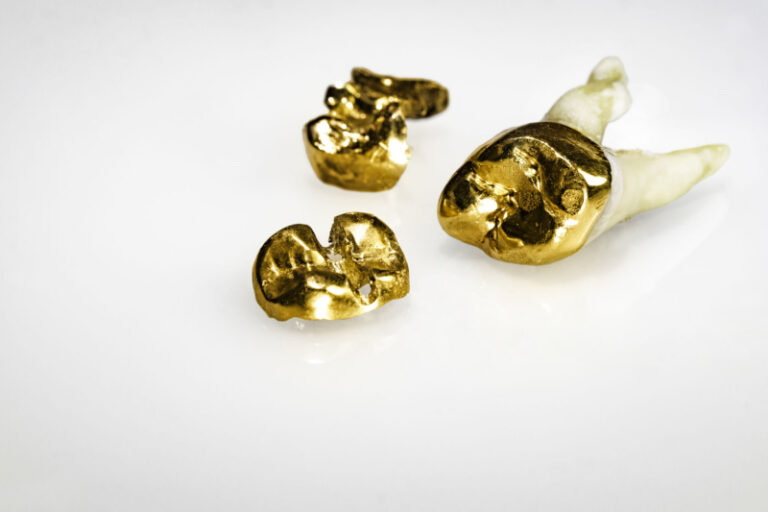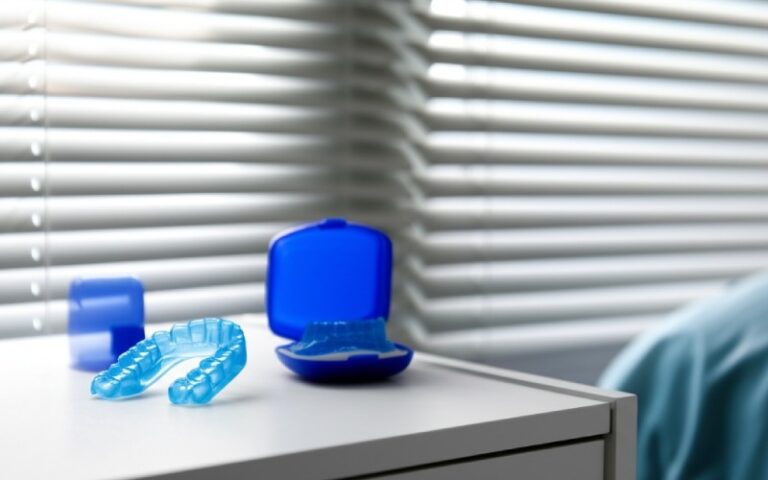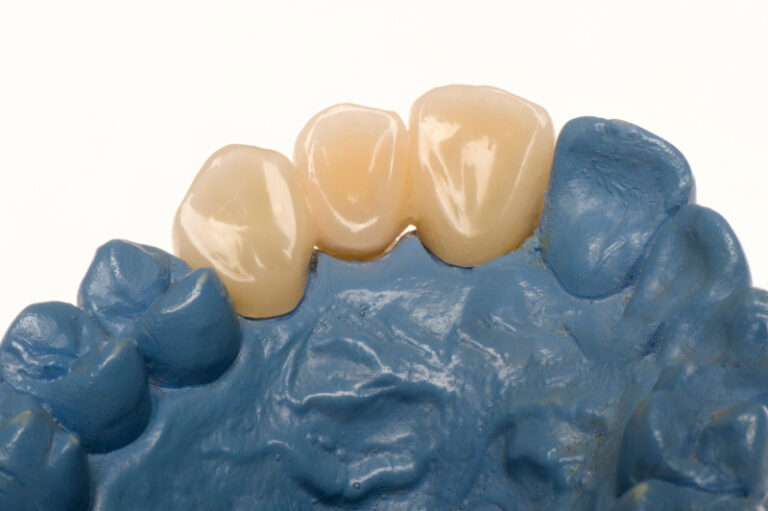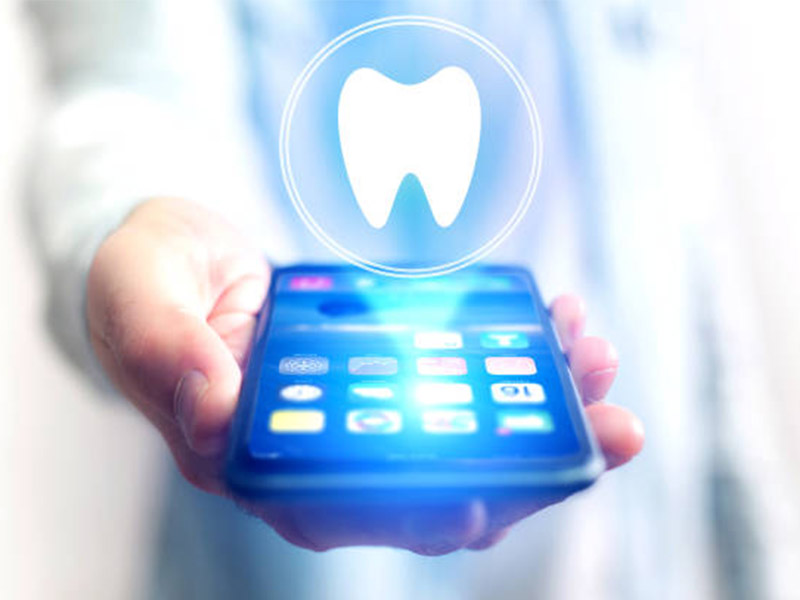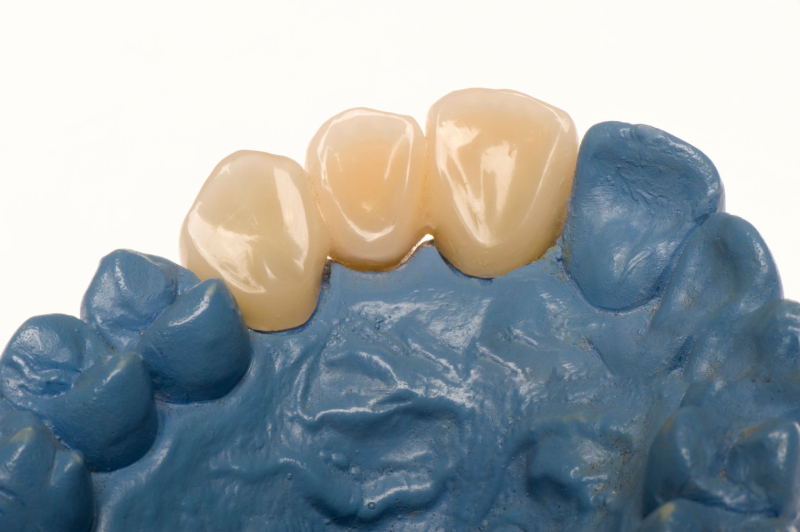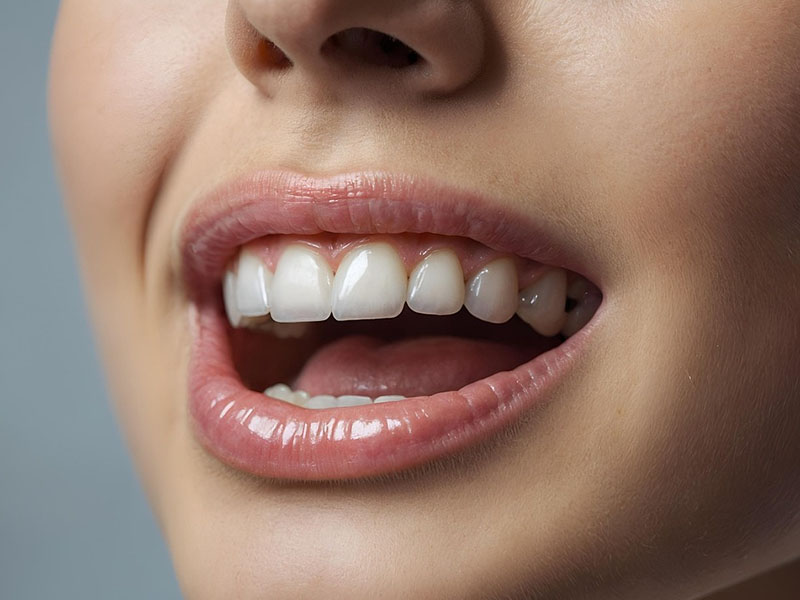
The Ultimate Guide To Tooth Whitening Gels: A Dentist’s View on How Well They Work, Their Safety, and How to Use Them
Want a Brighter Smile?—Is It Safe and Does Tooth Whitening Gel Work?
Let’s be real. Who hasn’t looked at a selfie and wished their teeth looked a little whiter? Maybe you drink coffee every morning, have a glass of red wine sometimes, or just want to give your smile a boost. Whatever the reason, you’ve probably noticed lots of ads for tooth whitening gels. But you might ask yourself: Do tooth whitening gels actually work? Are they safe? How do I pick a good one?
If you’re thinking about trying a whitening gel, don’t worry—you’re not the only one. There are loads of choices and even more questions. It can feel a bit much. But don’t stress. We’ll explain everything with clear answers and the newest advice from dentists. Let’s shine a light on this topic so you know exactly what to expect before you start.
Table of Contents
Intro: What Are Tooth Whitening Gels and Why Do People Use Them?
It’s normal to want whiter teeth. What you eat, how old you are, and even some medicines can make your teeth look dull or stained. Tooth whitening gels say they can fix this fast and simply—but are their claims real or just hype?
Here’s what matters: Tooth whitening gels use special stuff (usually hydrogen peroxide or carbamide peroxide) that goes into your enamel and breaks stains apart. They’re popular because they’re easy to get (at any store, online, or from your dentist), they aren’t too expensive, and they can make a real difference in how your teeth look.
And why choose a gel over strips or toothpaste? Gels are usually stronger, let you put them right where you want, and come in all kinds for every budget.
How Tooth Whitening Gels Work (The Basic Science)
Let’s keep it simple. Tooth whitening gels work by basic science—not magic, just simple chemistry.
The Power of Peroxide: What Makes Teeth Whiter
Almost all whitening gels use hydrogen peroxide or carbamide peroxide to do the heavy lifting. Think of peroxide as a tiny cleaning team for your teeth, breaking up stains right under the surface.
- Hydrogen peroxide works pretty fast, lifting stains in minutes or maybe an hour or two.
- Carbamide peroxide acts a little slower—it first changes into hydrogen peroxide, then does its job.
Picture your enamel like a white T-shirt. Over time, stains from coffee, tea, wine, or just getting older soak in. Whitening gels wash away these stains from inside, so your T-shirt—well, your teeth—look fresh and bright again.
Fast or Slow: Is There a Difference?
- Dentist and in-office treatments use stronger gels (up to 40% hydrogen peroxide) for results in only about an hour.
- At-home gels use softer strengths (for example, 10% carbamide peroxide is about 3–4% hydrogen peroxide) that show results bit by bit and cause less sensitivity.
So Are Gels Safe?
If you use them right, research says these gels don’t hurt healthy enamel.[^1] Dentists and the FDA say to follow directions, pick products with the ADA stamp of approval, and talk to your dentist before starting—especially if you have crowns, fillings, or sensitive teeth.
[^1]: American Dental Association: “Tooth Whitening: What We Know Now.” https://www.ada.org/resources/research/science-and-research-institute/oral-health-topics/tooth-whitening
Tooth Whitening Gel Types: Buy at the Store or Get From the Dentist?
You know about strips, pens, and trays—but not all whitening gels are the same.
Hydrogen Peroxide vs. Carbamide Peroxide
- Hydrogen peroxide (HP): This one works fast and shows changes quickly. It’s in most dentist-made and strong at-home gels.
- Carbamide peroxide (CP): Slower, stays active longer, and you’ll often find it in custom trays for at-home use. It turns into hydrogen peroxide when it touches water.
Strength matters here:
- Off-the-shelf gels: 3–10% HP, or 10–22% CP.
- Dentist take-home kits: 10–20% HP, or up to 22% CP.
- Dentist office treatments: Up to 40% HP for super-fast, big results—with a dentist keeping an eye on it.
How You Use Them
You’ll find three main choices:
1. At-Home Dentist Gels With Custom Trays
- What: Dentist gives you gels and trays made to fit your teeth.
- Pros: More exact, stronger, less gel on gums, right for you.
- Cons: Costs more and you need to see the dentist.
2. Store-Bought Gels (Strips, Pens, Ready-Made Trays)
- What: Get them from a store—put them on with a strip, a pen, or in a tray that just fits over your teeth.
- Pros: Cheap, easy to get, don’t need a dentist.
- Cons: Trays might not fit great, weaker gels mean slower changes.
3. Dentist Office Gels (Professional Use)
- What: A dentist puts strong gel on your teeth, sometimes with a special light to speed things up.
- Pros: Fastest results, the dentist helps keep your gums safe, and watches for problems.
- Cons: More expensive, can make teeth touchy, takes about an hour.
Extra Stuff in Gels
- Potassium nitrate: Helps if your teeth get sensitive.
- Fluoride: Makes enamel tougher, stops new stains.
- Glycerin and carbomer: Make gels stay smooth and easy to spread.
Brands like Opalescence, Philips Zoom, Boutique, and others have a lot of gels; look for the ADA Seal so you know you’re choosing one that’s safe and works.
How to Pick the Best Whitening Gel for You
Thinking about whitening your teeth? The most important step is picking what fits you best.
Look at Your Mouth First
Ask yourself:
- Are my stains outside or inside?
- Outside stains: On top of teeth (coffee, wine, smoking).
- Inside stains: Deeper in (age, medicines, old injuries).
- Do I have fillings, crowns, or fake teeth in front? Gels won’t make these whiter.
- Are my teeth or gums touchy or sore?
- Are my teeth and gums healthy? (Bad teeth or gum problems? Fix those first.)
Other Things To Think About
Strength vs. Sensitivity:
Strong gels work faster but can make teeth ache or hurt gums. If you already have sensitive teeth, go for a weaker gel or use it less.
What Do You Want, and When?
Need a quick fix before a special event? Dentist office gels get fast, big results. Happy to wait? Store kits work, just slower.
Money and Ease:
Store choices are cheaper but take longer. Dentist gels or trays cost more and work better.
ADA Stamp and FDA Check:
Look for the ADA mark or ask your dentist. Drugstore stuff is watched as a “cosmetic.” Stronger gels need a dentist to give them out.
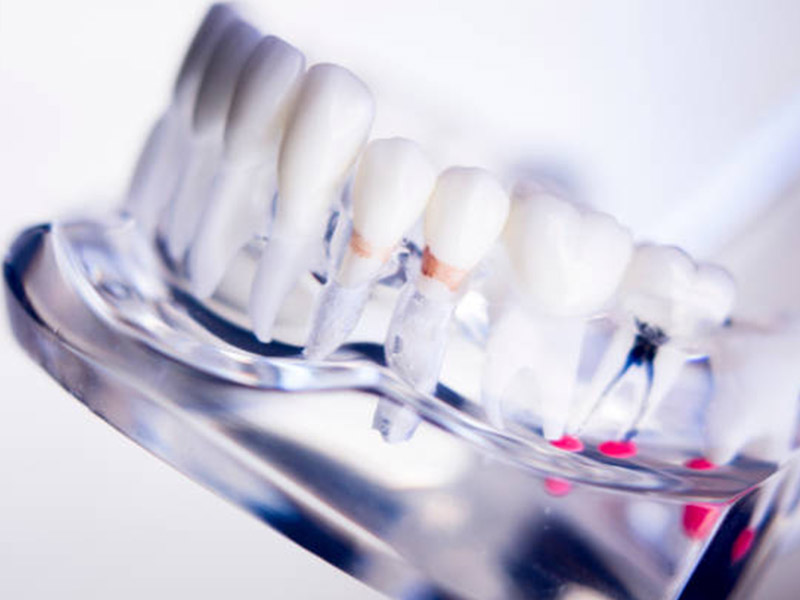
Step-By-Step: Using Gel the Right Way
Ready to get started? Here’s how to use whitening gels correctly so you won’t hurt your teeth or gums.
1. Get Your Mouth Ready
- Wait about half an hour after eating or drinking.
- Brush and floss gently to get rid of food and gunk. Clean teeth let the gel do its job.
- If you get tooth pain, use a toothpaste for sensitive teeth for a couple of weeks before whitening.
2. How to Apply the Gels
A. Dentist Trays (Custom Trays)
- Squeeze a tiny bit of gel for each tooth into the tray.
- Slip the tray on your teeth and press carefully. Wipe off any gel that touches your gums.
- Wear the tray as told (usually half an hour to an hour and a half each day, for up to two weeks).
- Rinse your mouth and trays well after.
B. Whitening Strips (From the Store)
- Open the strip package and take out a strip.
- Put the sticky side of the strip on your teeth—don’t let it touch your gums.
- Leave on for half an hour or however long the box says.
- Take off and rinse.
C. Whitening Pens
- Twist the pen to get the gel out.
- Paint the gel on each tooth, keep smiling for a few seconds so it dries.
- Don’t eat or drink for half an hour afterwards.
3. How Often to Use the Gel
- Always follow the instructions—usually once per day for seven to fourteen days.
- Don’t use more than told. Too much can hurt your enamel or gums.
4. After Whitening
- Rinse your mouth well.
- Skip dark food and drinks (coffee, tea, soda, berries, red sauce, wine) for a day or two.
- Brush and floss every day to keep your teeth white.
How to Handle Side Effects and Stay Safe
Even safe gels can give you a few side effects, but most are mild and go away soon.
Tooth Sensitivity
- What does it feel like? A quick sharp pain or a little ache, usually with cold or hot food or drinks.
- Why do you get it? The gel opens up tiny holes in your enamel, letting stuff move toward the nerve for a little while.
- How to stop it:
- Use sensitive toothpaste (one with potassium nitrate or fluoride).
- Wait between whitening sessions.
- Use gentler gels or for less time.
Gum Problems
- How does it feel? Redness, soreness, maybe a bit of burning.
- Why? Gel touching your gums.
- Quick fixes:
- Make sure trays fit right and wipe off leftover gel.
- Put strips on carefully, away from your gums.
- If soreness starts, take a break and rinse with salt water.
Rare or Big Problems
- Enamel damage: Not likely with store gels. Don’t try home tricks (like lemon juice or baking soda)—these can wear away enamel.
- Uneven color: Happens when the gel isn’t spread evenly. Custom trays help. Always read the directions.
- Dental work issues: Crowns, fillings and fake teeth won’t get whiter—using gels on top of these might make everything look patchy.
If you notice these, see a dentist:
- Bad or long-lasting tooth pain.
- Big sores or blisters on your gums.
- Streaky or patchy color, or strange white spots.
Tips for Keeping Your Smile Bright
So—your teeth are whiter! How do you keep them that way?
- Keep up brushing and flossing—a clean mouth stays whiter longer.
- Rinse after you drink stuff that stains.
- Use a straw for cold drinks like iced coffee, tea, or cola to keep them off your teeth.
- Eat and drink less of stain-causers: coffee, tea, red wine, dark berries, curry.
- Touch up with a quick whitening every few months or as your dentist suggests.
- If your teeth are touchy, keep using sensitive toothpaste.
Good to know: Whitening can last from half a year up to three years. What you do with your teeth matters more than any brand or method.
Straight Talk: Myths and Mistakes
Let’s clear up some rumors:
- “Whitening gels ruin enamel.”
If you use them right, today’s gels don’t harm healthy enamel. Enamel stays strong. But too much can be a problem. - “All gels are the same.”
No way. What they’re made of and how strong they are makes a big difference. Dentist-type gels are stronger and act faster, but not magic. Deep, old stains need special help. - “White teeth stay white forever.”
Sadly, no. Coffee, tea, smoking, or just time will stain your teeth again. Doing a little maintenance helps. - “If whitening hurts, my teeth are damaged.”
Lots of people get sensitivity—it almost always goes away. It doesn’t mean your teeth are ruined.
In-Office vs. At-Home: What’s Better?
Let’s break it down.
At-Home Whitening Gels
- Why you might like them:
- Cheaper
- You can use them when you want
- Good for mild stains and keeping things white
- Downsides:
- May not get rid of deep stains
- Easier to mess up fit or use too much
- Need more time for results
Professional Whitening at the Dentist
- Why you might pick this:
- A dentist keeps you safe
- Stronger stuff, much quicker results
- Custom trays help, less risk to gums
- Downsides:
- More money
- Can make teeth really sensitive if you already have that problem
- You still need to do touch-ups now and then
Here’s a quick tip: If you’ve got sensitive teeth, lots of dental work, or need big changes fast, see your dentist. For little stains and slow changes, store gels work fine.
What’s Next for Whitening Gels?
Whitening is changing all the time. Here’s what’s coming up:
- New Ingredients: Keep an eye out for peroxide-free gels, gentler formulas, or ones that help with sensitivity.
- Personalized Gels: Companies are working on gels for your exact teeth or kind of stains.
- Special Lights: Some research is looking at LED or UV lights to make gels work faster.
- Better Rules: The FDA and ADA are raising the bar on safety, with more checks and better info for regular folks.
Remember: New ideas are great, but stick to what’s backed up by good studies and real-world testing.
FAQs: Your Most Asked Whitening Gel Questions
1. Can pregnant women whiten their teeth?
- The ADA says wait until after pregnancy and breastfeeding since we don’t know if it’s safe.
2. How long will my teeth be sensitive?
- Mild pain usually stops in one to three days. Sensitive toothpaste helps!
3. Will gels whiten my crowns or veneers?
- No—they only work on your real teeth. If your fake teeth look too dark, you might have to change them.
4. If I swallow some gel, is that bad?
- A tiny bit won’t hurt but could upset your stomach. Try not to swallow, and rinse after.
5. What’s different about dentist gels vs. the ones I buy?
- Dentist gels are stronger and you need a dentist to use them. OTC (store) gels work too—they just take longer.
Is Tooth Whitening Gel Right For You? (Who Should Use Them)
Good choices:
- Healthy teeth and gums (no gum disease or tooth decay)
- Outside stains on natural teeth (yellow stains work best)
- Realistic hopes—some deep stains just won’t get super white
Maybe not for you:
- Sensitive teeth, weak or worn enamel, untreated cavities
- Lots of fillings or crowns in the front
- Stains inside the tooth from things like certain medicines—you might need something else
If you’re not sure, ask your dentist. That’s what they’re there for.
Bottom Line: Smile With Confidence
Let’s sum it up:
- Whitening gels work by breaking up stains just under the surface.
- Pick ADA-marked products and follow the steps.
- Custom trays and dentist care give you more power and less risk.
- Any side effects, like sore teeth or gums, almost always go away fast.
- Brushing and flossing are still the best way to keep teeth bright.
- When in doubt, ask your dentist for advice before starting.
What’s Next?
Want a whiter smile? Start by getting your teeth checked. Talk about what you want, get a plan, and go for it—no doubts, no worries.
And remember: The best care is the one that fits you, not just your teeth.
Got more questions? Make an appointment with your dentist, or look for the ADA seal on products. The healthiest smile starts with good info and honest help—every time.


